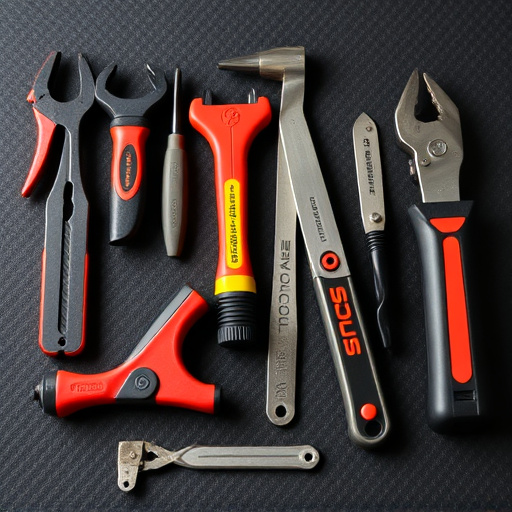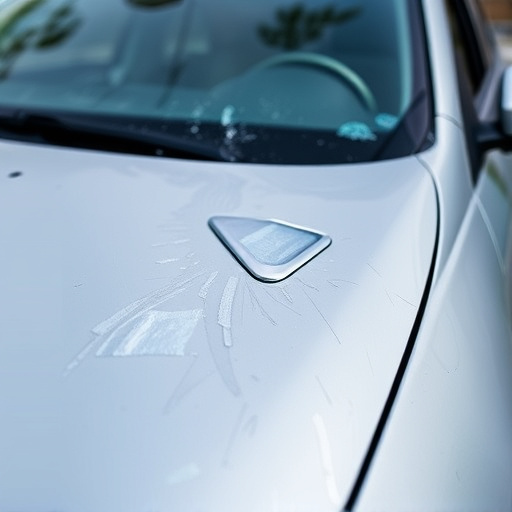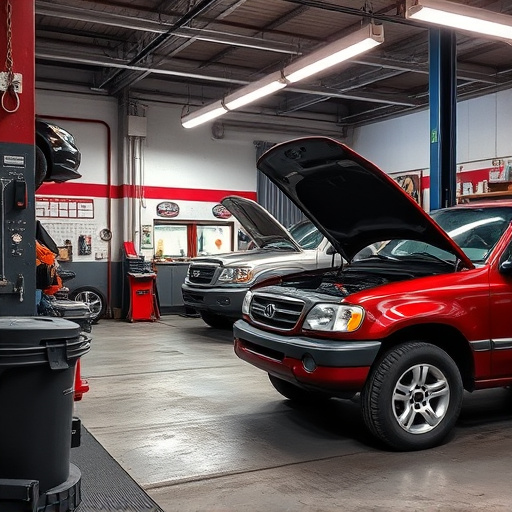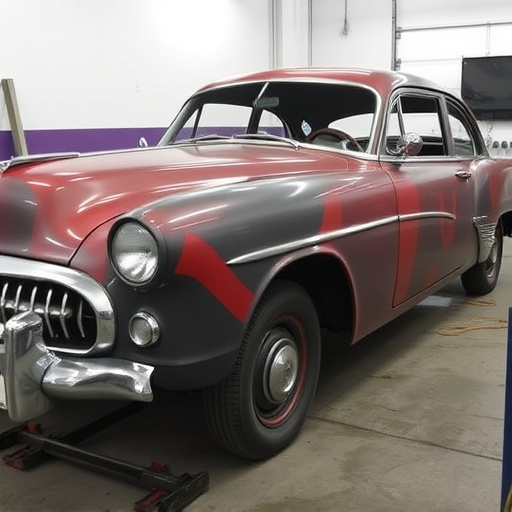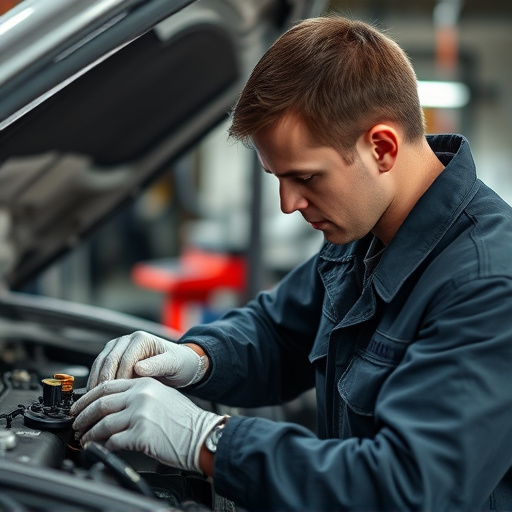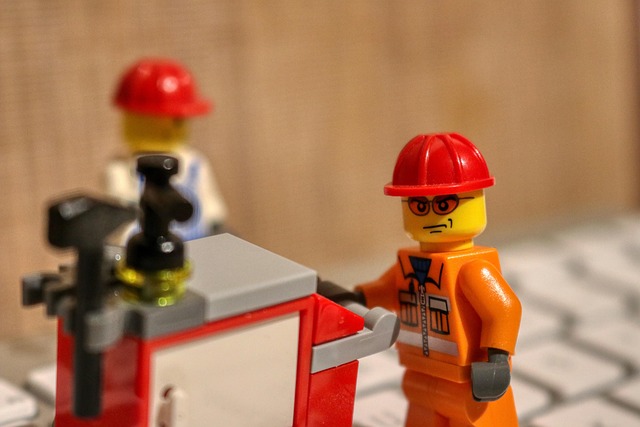Enhancing suspension repair collision services requires prioritizing customer needs through active listening and analysis of feedback, leading to targeted improvements. Robust feedback mechanisms encourage customer input, fostering continuous enhancement for better service quality and satisfaction. Measuring success uses KPIs tracking key aspects like accuracy, turnaround time, and customer ratings, guiding process improvements. Integrating customer and employee feedback drives a culture of learning and adaptation, ensuring suspension repair collision services consistently meet and exceed expectations.
In the competitive landscape of auto repair services, customer feedback is a powerful tool for enhancing suspension repair collision offerings. This article explores strategies to leverage client insights, focusing on three key areas: understanding specific needs in suspension repairs, establishing efficient feedback mechanisms, and measuring success through continuous improvement. By implementing these tactics, collision centers can elevate their service quality, ensuring satisfied customers and a competitive edge in the market. Discover how to transform feedback into actionable steps for superior suspension repair experiences.
- Understanding Customer Needs in Suspension Repair Collision Services
- Implementing and Acting Upon Feedback Mechanisms
- Measuring Success and Continuous Improvement Strategies
Understanding Customer Needs in Suspension Repair Collision Services

Understanding customer needs is a cornerstone when enhancing suspension repair collision services. By actively listening to feedback from clients who have experienced auto body services for their damaged vehicles, businesses can gain valuable insights into areas that require improvement. This process involves not just addressing specific issues raised but also identifying broader trends and common pain points across various car repair services.
Customer feedback plays a pivotal role in tailoring suspension repair collision services to meet the unique requirements of different vehicle types and owners. It helps establish a clear picture of customer expectations, from the quality of repairs to the efficiency of turnaround times. Incorporating this feedback into their operations ensures that these collision services not only fix vehicles but also enhance the overall car body repair experience for every client.
Implementing and Acting Upon Feedback Mechanisms

Establishing effective feedback mechanisms is a cornerstone for enhancing suspension repair collision services. By integrating customer feedback into daily operations, auto body repair shops can gain valuable insights into areas that need improvement. This involves creating multiple channels for customers to share their experiences, whether through online reviews, suggestion boxes, or direct surveys. Encouraging open communication allows businesses to address specific pain points and tailor their car repair services accordingly.
Actively listening to customer feedback fosters a culture of continuous improvement within the suspension repair collision industry. When auto maintenance shops promptly address concerns raised by clients, it demonstrates a commitment to excellence and quality control. Implementing changes based on feedback can range from streamlining service processes to improving communication with customers during vehicle body repairs. Such proactive measures not only enhance customer satisfaction but also contribute to building a positive reputation for the business, setting them apart in a competitive market.
Measuring Success and Continuous Improvement Strategies
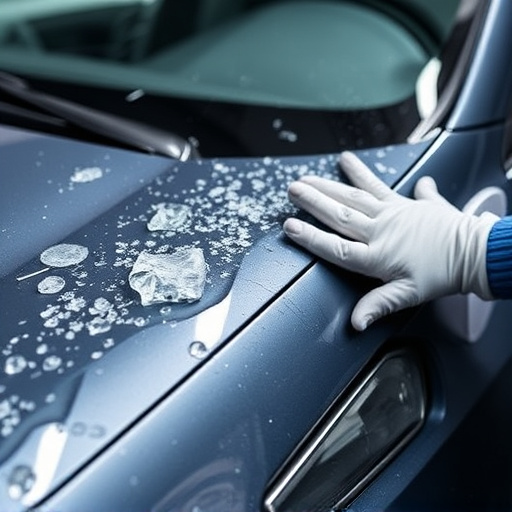
Measuring success in suspension repair collision services is a multifaceted approach that goes beyond just fixing cars to ensuring customer satisfaction and safety. Key performance indicators (KPIs) should be set to track critical aspects such as repair accuracy, turnaround time, and customer service ratings. By analyzing these metrics, auto body shops can identify areas for improvement and fine-tune their processes. Continuous improvement strategies, such as implementing quality control checks and regularly updating training programs, play a pivotal role in enhancing the overall quality of suspension repair collision services.
Additionally, gathering feedback from both customers and employees provides valuable insights into the shop’s operations. Constructive criticism from clients can highlight issues with car paint repair or service coordination, while employee feedback can point to challenges in workflow efficiency or training needs. Incorporating these perspectives fosters a culture of continuous learning and adaptation, enabling the auto body shop to stay ahead in delivering top-notch suspension repair collision services that meet and exceed customer expectations.
Customer feedback is a powerful tool for enhancing suspension repair collision services. By understanding customer needs, implementing effective feedback mechanisms, and continuously measuring success, businesses can ensure they provide top-quality repairs that meet—and exceed—client expectations. This not only fosters customer satisfaction but also strengthens trust and loyalty, solidifying the company’s reputation as a leader in the industry of suspension repair collision services.

